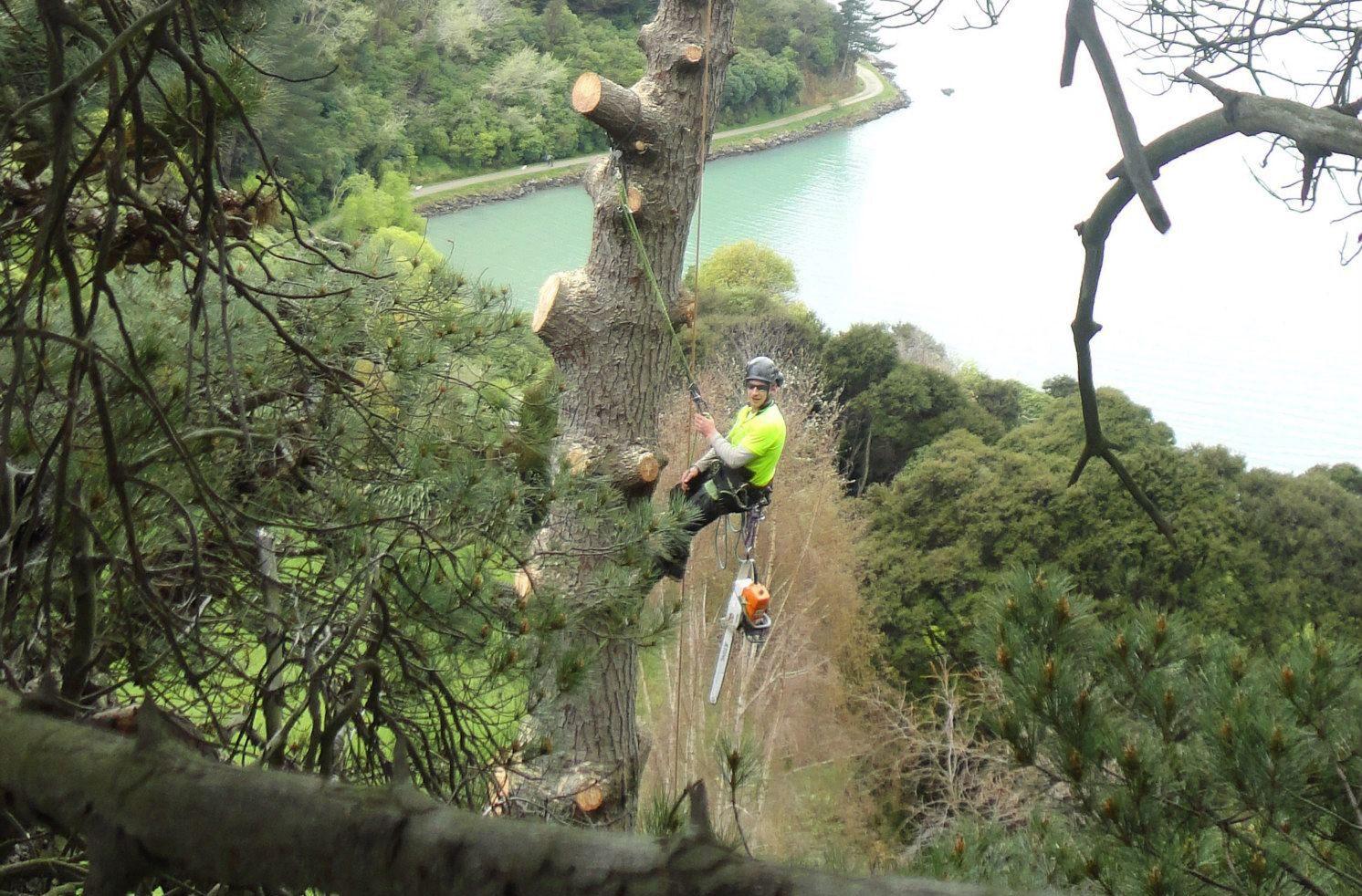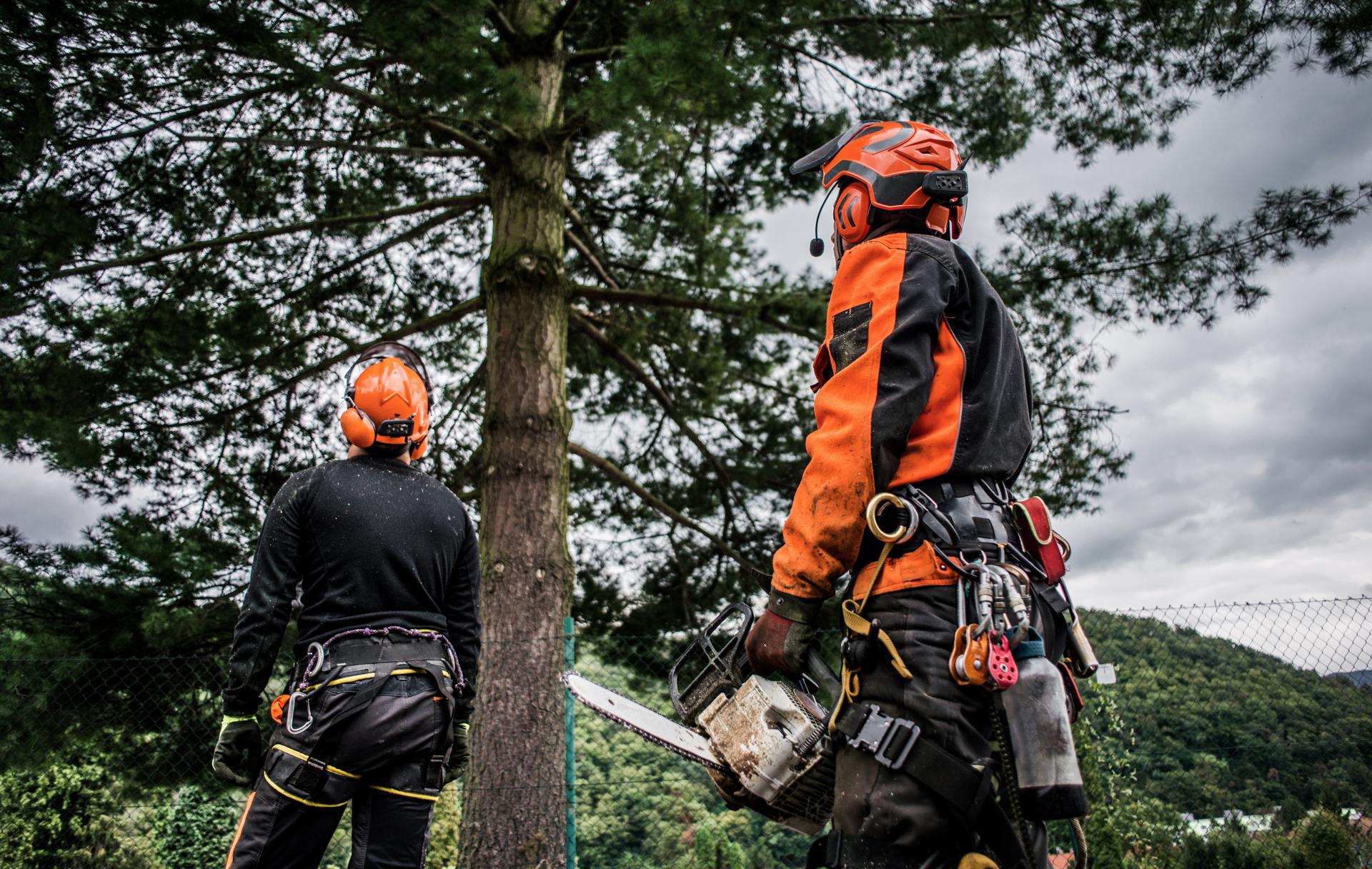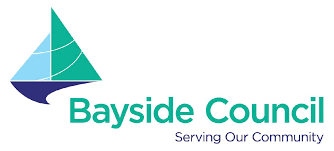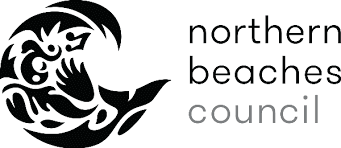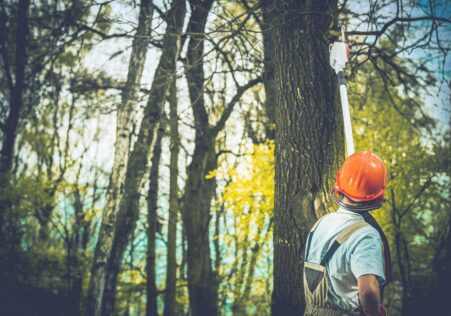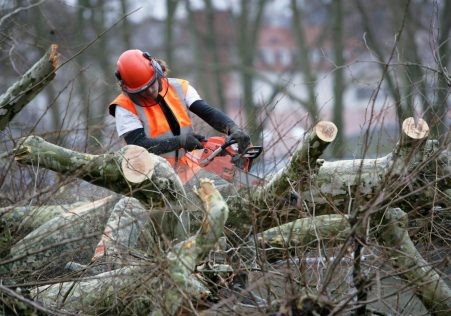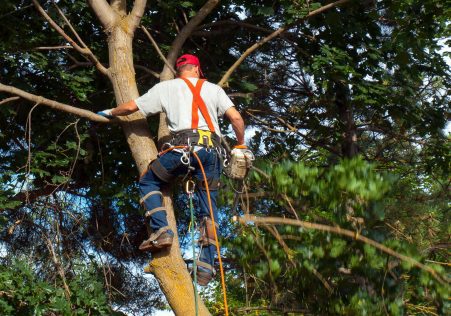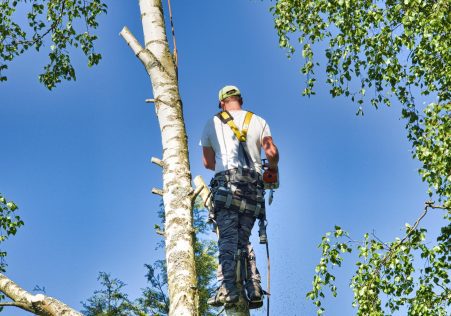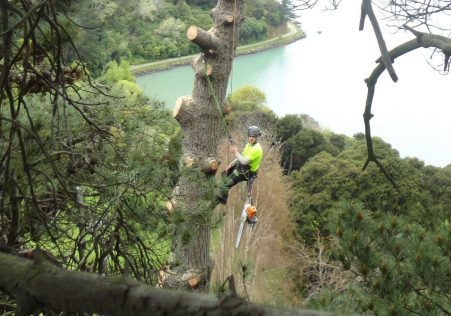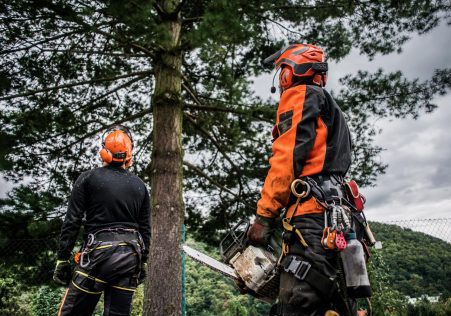The Risks of Ignoring Dead Trees: Your Guide to Tree Cutting Down
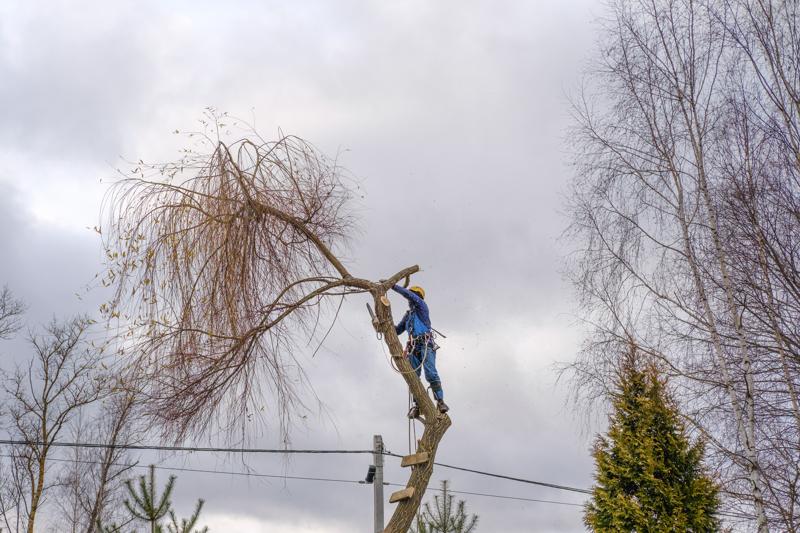
Tree removal is a complex and potentially dangerous task. If a tree is dying or ill-healthed, or is in danger from falling down, then it may have to be removed in order to avoid damage to the property and to ensure safety. But how do you tell if a tree needs to be removed? We’ll walk you through the warning signs to be looking at and guide you decide when it’s time to call the professionals.
Dead or dying trees
One of the most evident signs that a plant must be taken down is if it’s dead or dying. Dead trees lack leaves and may have a lifeless appearance. If a tree is without leaves or evidence of growth, it is likely dead. Additionally, the bark of a dead tree might be dry, cracked, or peeling.
Trees that are diseased
The trees that are sick could pose a danger to the other plants and trees in the area. The most common signs of disease in trees include the appearance of yellowing leaves, wilted branches, and mushroom growth at the root of the tree. If you think your tree may be diseased It is essential to have it examined by an arborist who is a professional.
Leaning Trees
Trees that are leaning towards one side could indicate of a failing root structure, and the tree could be at risk of falling. To determine if a leaning tree is a danger, look for cracks or broken areas in the trunk, and then look at the soil surrounding the tree’s base. If you notice any of these signs it is recommended to have the tree evaluated by an arborist.
Overhanging Branches
Overhanging branches of trees which are located close to power lines or buildings can be a danger to property and safety. If you’re concerned regarding branches that hang overhanging, it’s best to get the tree assessed by an arborist to determine if pruning or removal is necessary.
FAQs
What can I do to tell when a tree has died?
The tree will be considered dead when it is without leaves and shows no signs of new growth. In addition, the bark of a dead tree could be cracked, dry or peeling.
What are the signs of a dying tree?
Common signs of illness on trees include dying leaves, wilted or yellowed branches, and mushroom growth at the base of the tree.
Is it safe to remove the tree by yourself?
Tree removal can be a complicated and dangerous task. It’s best to delegate it to experts who can ensure the safety of yourself and others.
Conclusion
When it comes to tree removal, it’s important to be aware of the signs that a tree needs to be cut down. If you are aware of indicators of dying or dead trees, sick trees, tree leaning, and hanging branches and overhanging branches, you can take the necessary steps to ensure the safety of your property and the people who live around you. If you suspect that a tree on your property needs to be removed and you are unsure, reach out to The Hills Tree Removal for a professional review. Our arborists with years of experience are equipped with the knowledge and experience to handle all the tree removal requirements. Don’t risk your safety. If you believe that the tree that is on your property needs to be removed, please contact The Hills Tree Removal today for a expert assessment. Our arborists are experienced and will provide you with the peace of mind that comes from knowing your property is safe hands. Contact us today by dialing 0480 024 203 to schedule an appointment.

